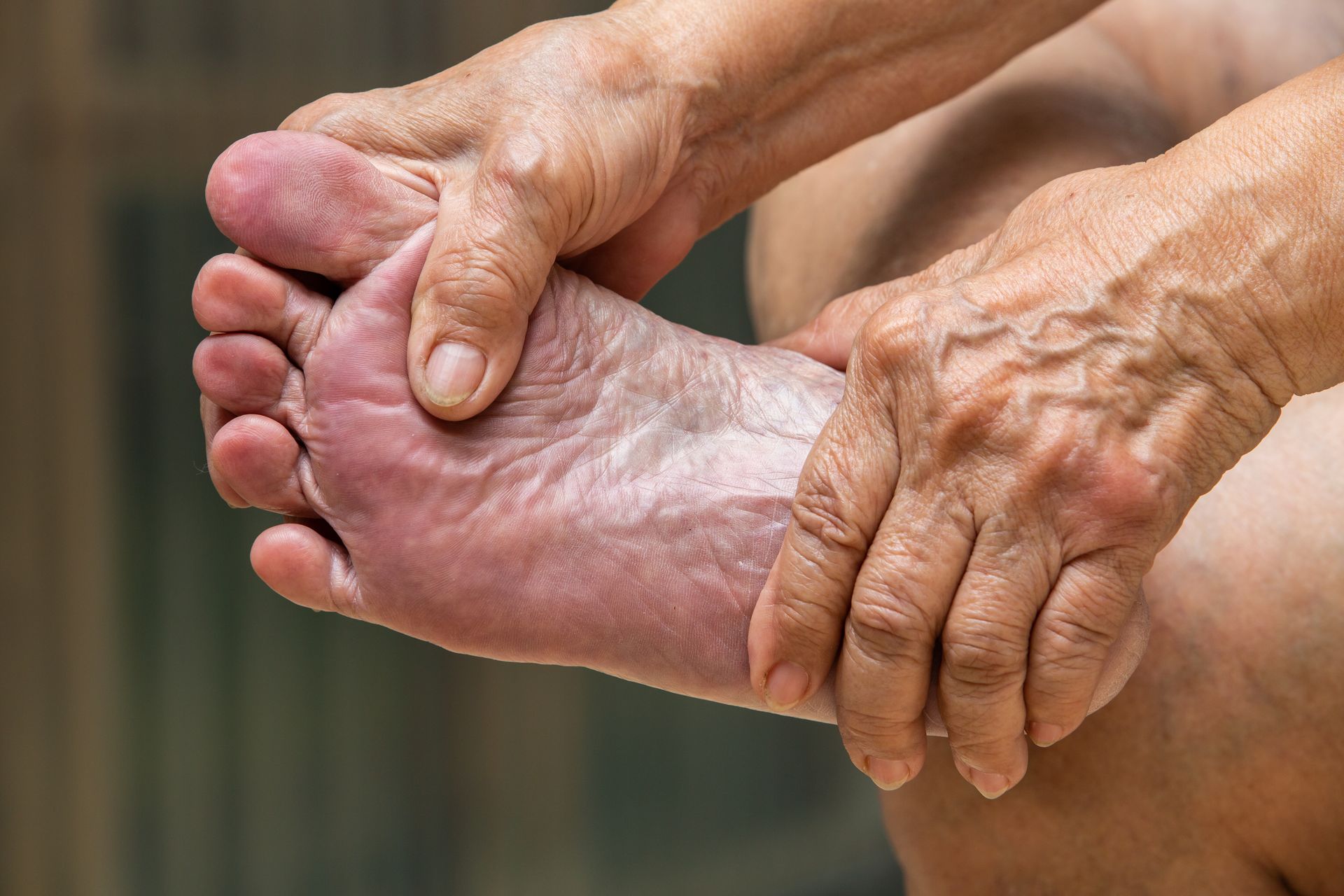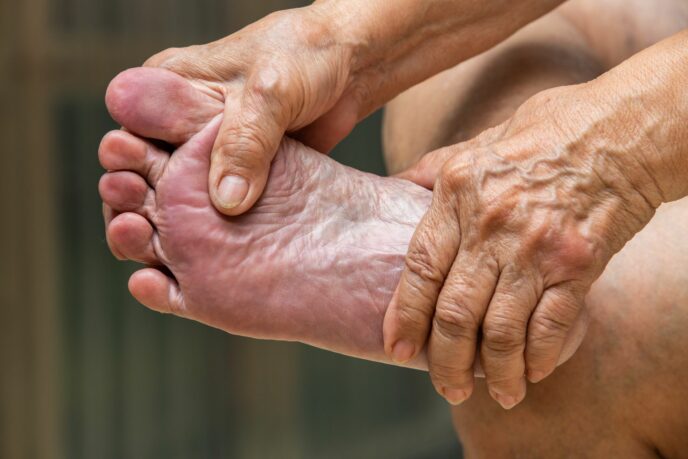
Why Are Amputations So Common
The affiliated physicians at American Endovascular are saving limbs others can’t. Amputation, the complete or partial removal of a limb, is the most frequent and traditional method for treating severe Critical Limb Ischemia, especially in individuals over age 60. Dr. Rundback explains why amputations are common and how you can avoid an amputation altogether.
How does PAD lead to amputation?
Peripheral Artery Disease or PAD is when the arteries in the legs get blocked by plaque or hardening of the arteries. This is the same process we call coronary artery disease, which can affect the heart arteries and result in a heart attack. In the legs, when there is some mild blockage, there may be some pain when walking and the muscles demand increased blood flow that can’t be met through these blocked arteries.
In more severe conditions, with blockages of more arteries or longer blockages in the legs, there comes a point where there’s insufficient blood flow, even at rest. This may cause sufficient pain to wake someone at night or they may develop wounds that don’t heal, potentially even leading to gangrene. That condition, which is called Critical Limb Ischemia, is a very serious situation. Gangrene can lead to amputation due to insufficient blood flow.
Here at American Endovascular and Amputation Prevention, we specialize in restoring blood flow, even in the most complex cases, when many other doctors might have failed or say that amputation is necessary. In more than 80% of cases, we can open up the arteries and prevent major amputation.
Why does PAD cause muscle cramping in the legs while walking, exercising, or climbing stairs?
PAD or Peripheral Artery Disease is caused by the build-up of plaque or cholesterol in the arteries of the legs, the hardening of the arteries, similar to the same process that occurs in the heart’s arteries that causes heart attacks where it’s called Coronary Heart Disease. In the legs, you don’t need much blood flow at rest, but as you exercise, the muscles demand more blood flow. When there is a build-up of plaque, obstructing the arteries, the increased demand for blood flow from leg muscles when you walk, exercise, or climb upstairs can’t be met. This is due to arterial blockages and the muscles cramping, both signs indicating that something is wrong. That is the time to see a vascular physician.
If you are experiencing non-healing foot wounds, gangrene, or leg pain, why should it not be left untreated?
When experiencing unremitting, unrelenting foot pain, it can be an indicator of Critical Limb Ischemia (CLI), a very serious condition. Other signs of CLI include being woken by pain at night, or blackish discoloration or gangrene of toes. Anyone experiencing any of these symptoms should immediately consult with a vascular physician or a doctor at American Endovascular and Amputation Prevention.
Critical Limb Ischemia is caused by the build-up of plaque or hardening of the arteries preventing blood flow to the legs and to the feet. If not treated, CLI can result in progressive gangrene, loss of ability to utilize the limb, and major amputation below or above the knee. Seeing a doctor early on may allow for restoration of the blood flow and could prevent or limit amputation, enabling a return to normal health. The physicians at American Endovascular and Amputation Prevention specialize in treating these most complex patterns of Peripheral Artery Disease and Critical Limb Ischemia. We are able to open up the arteries in more than 80% of cases, even when another doctor might have failed, or advised that amputation was the only alternative.
How can vascular specialists revascularize limbs?
Our goal here at American Endovascular is to treat patients with peripheral artery disease. To restore blood flow for patients who have blocked arteries in the legs or build-up of plaque within those vessels, we use a lot of specialized tools. The field has changed quite a bit over the last 30 years, and even more so within the last five to ten. With these specialized tools, in almost all cases, we can restore blood flow through blocked leg arteries using minimally invasive, non-surgical outpatient procedures. These procedures offer an effective alternative to what would have been major surgery and with shorter recovery, less discomfort, and much less pain.
Schedule an Appointment with Dr. Rundback
The American Endovascular team is at the forefront of the fight to save lives by preventing limb amputations. They do this by employing state-of-the-art endovascular image-guided minimally invasive treatment technologies. If you’re having symptoms of leg pain when walking, pain that wakes you at night, or wounds or gangrene on your feet that aren’t healing, we look forward to seeing you here at American Endovascular. Request an Appointment with Dr. Rundback today at your nearest American Endovascular center to assist you in finding a path to feeling better.
Related Blogs & Videos
Learn more about vascular health, prevention, and care for Peripheral Artery Disease.




